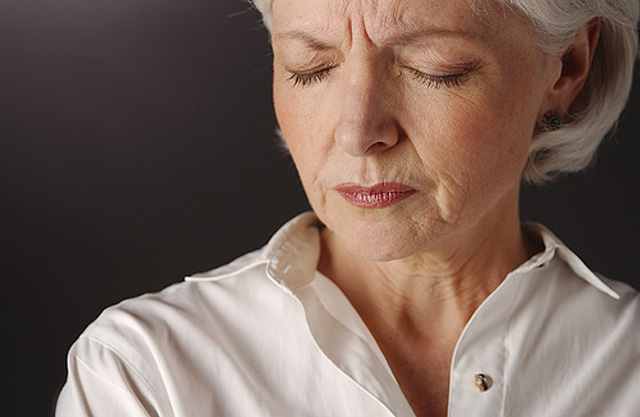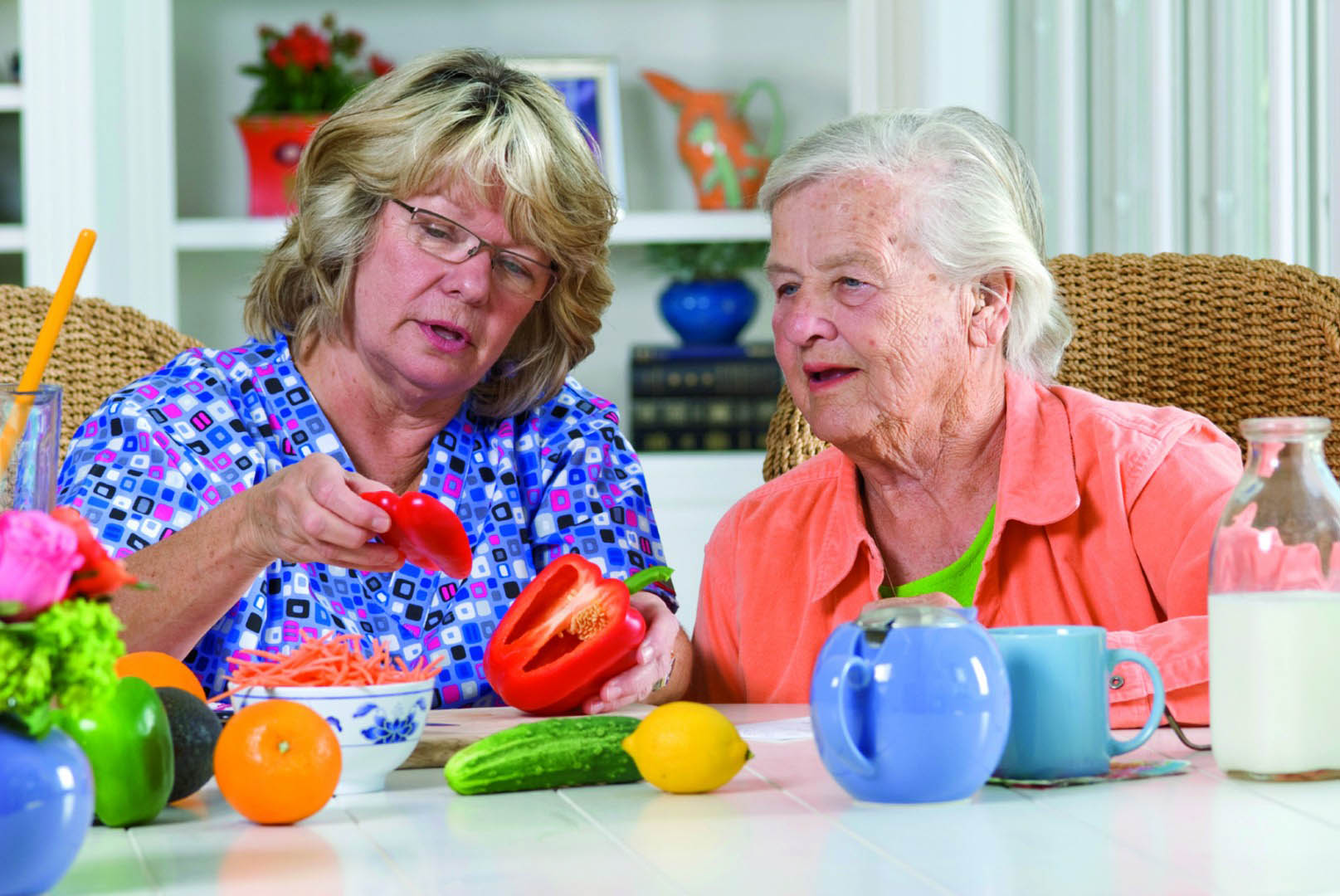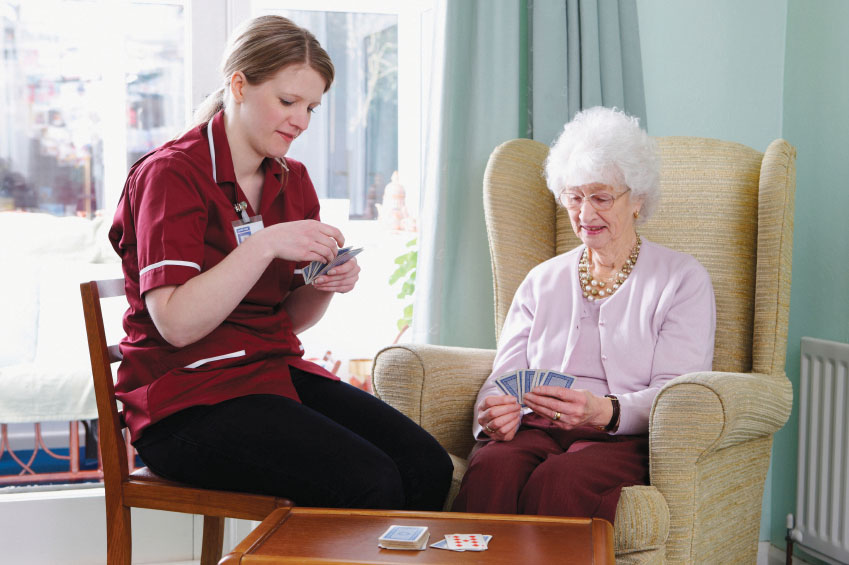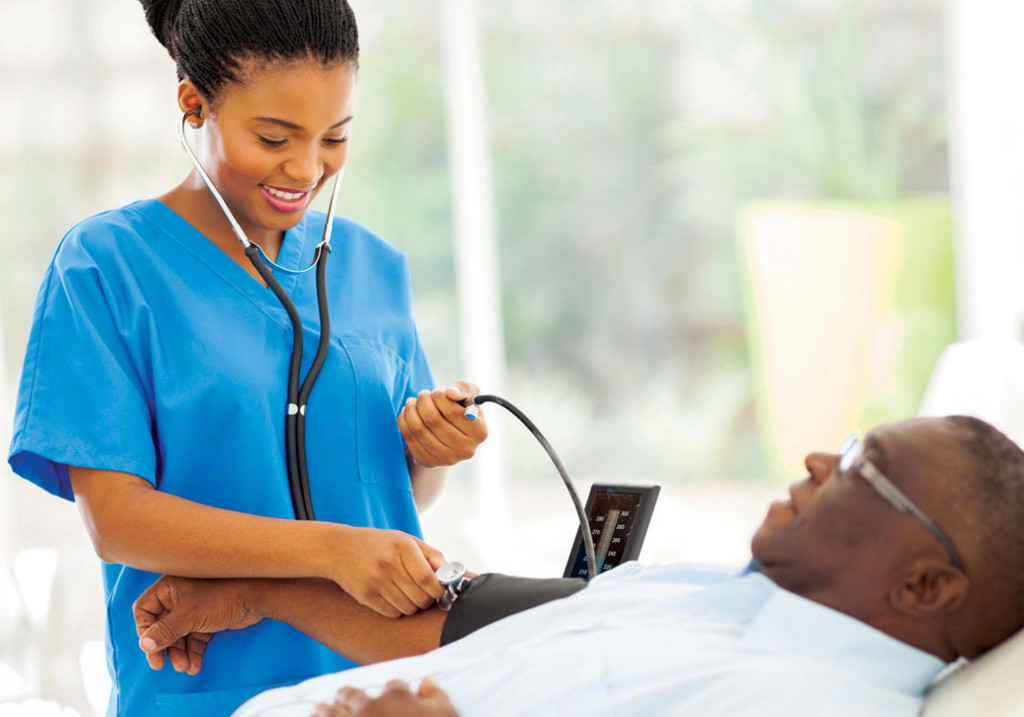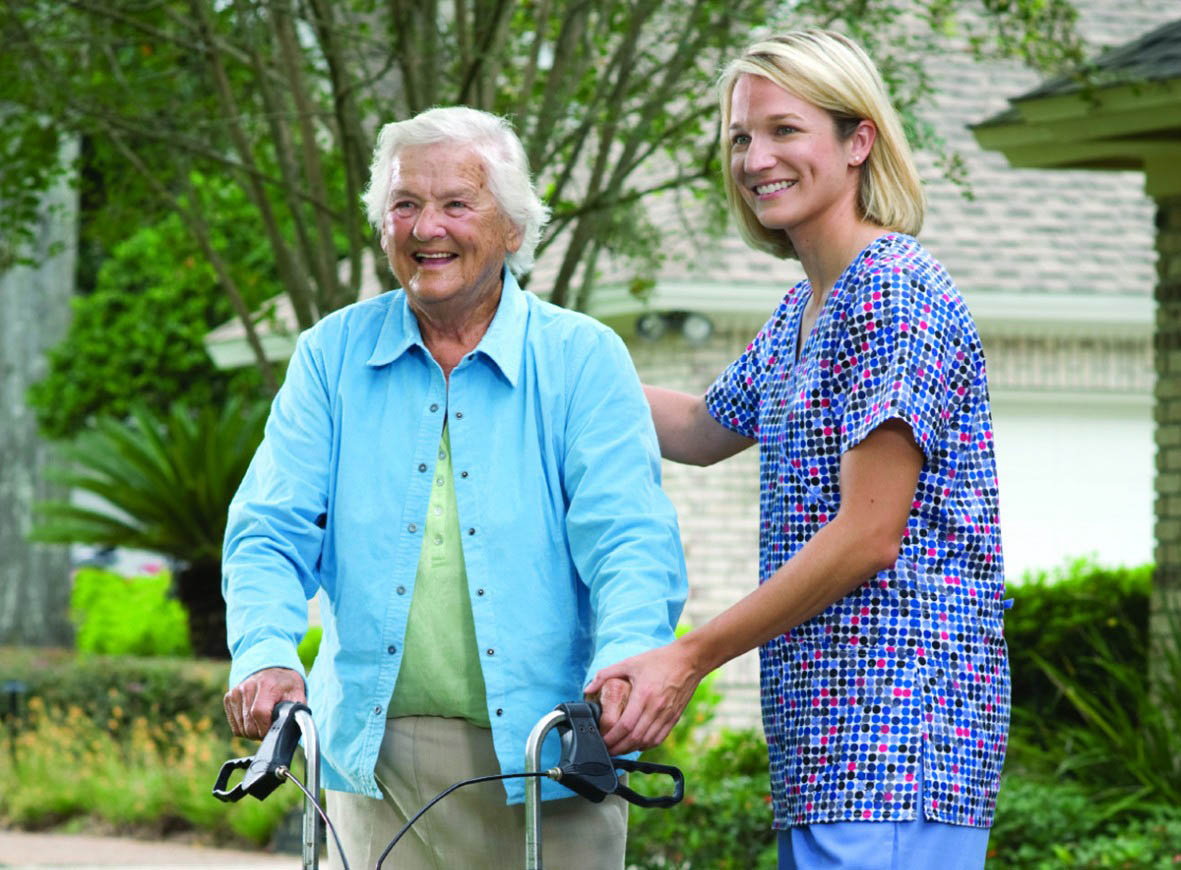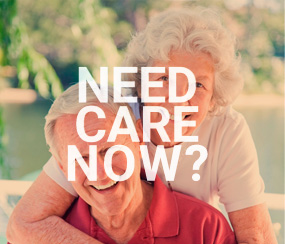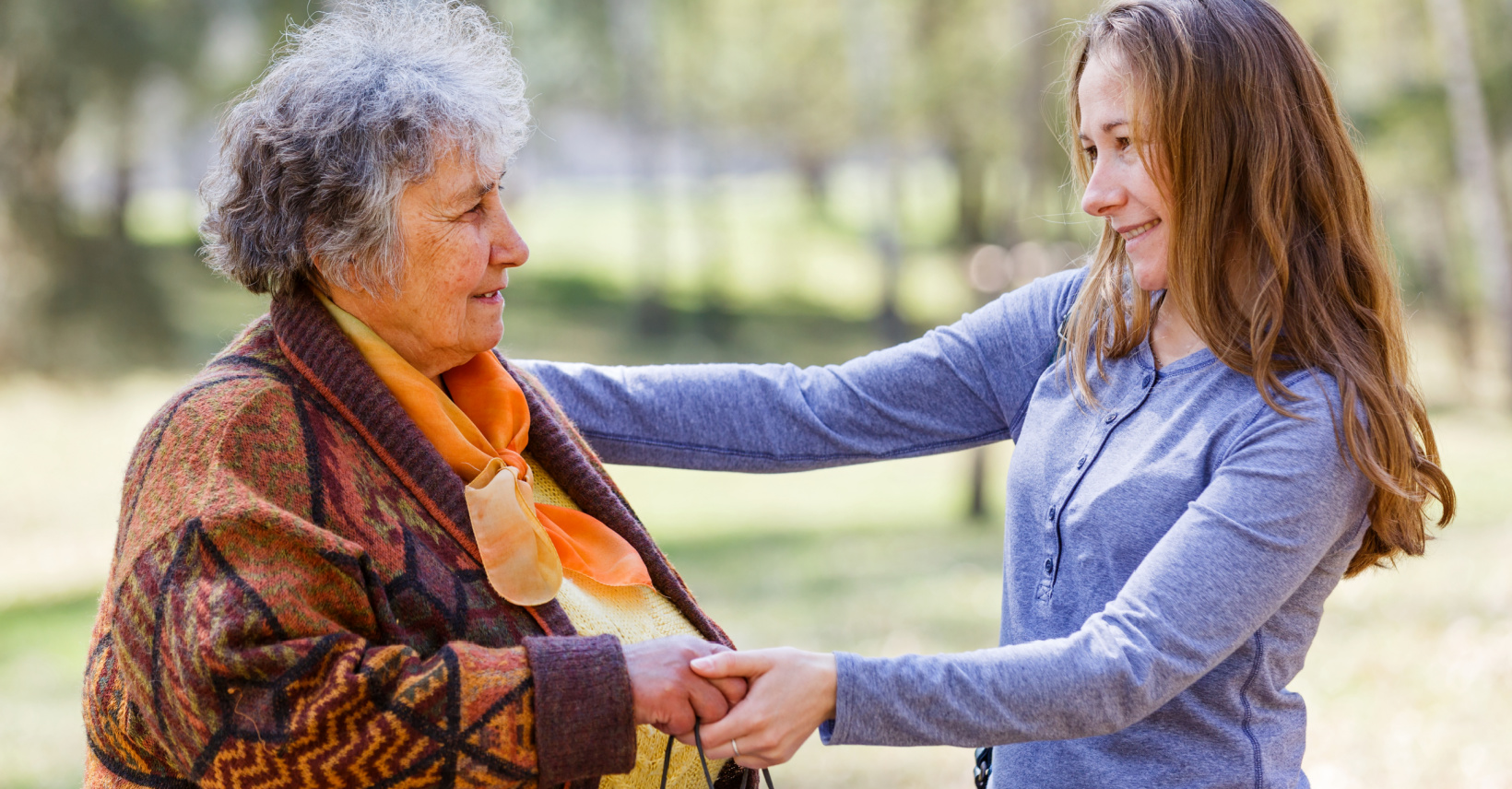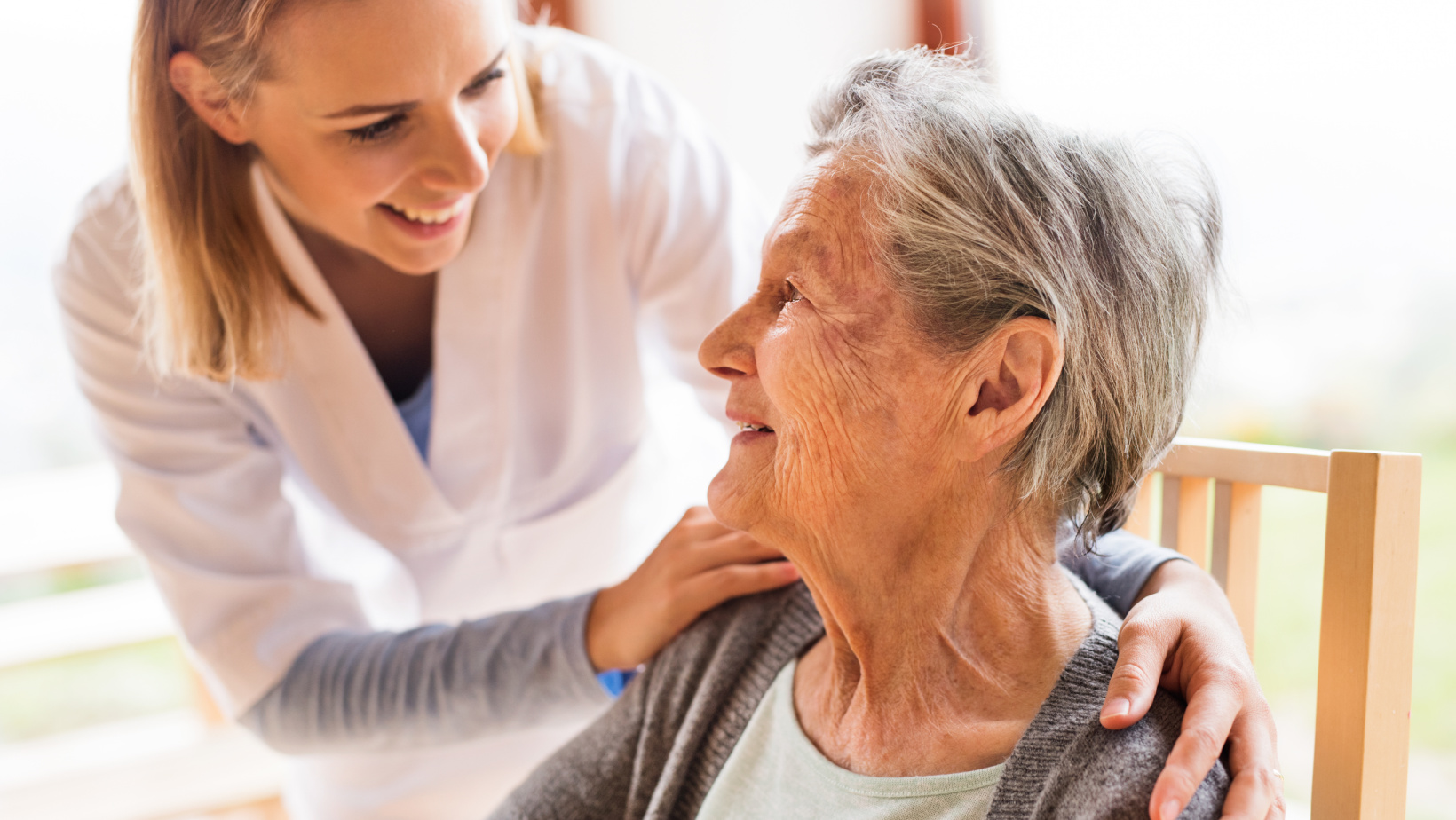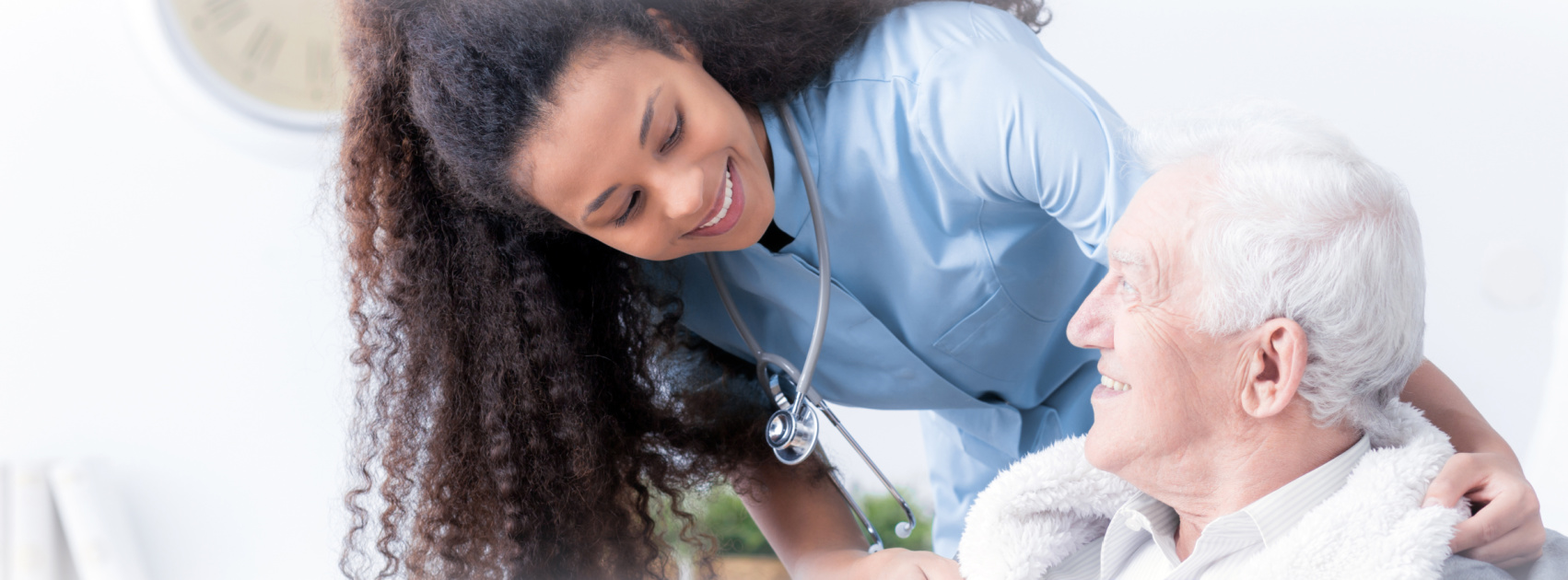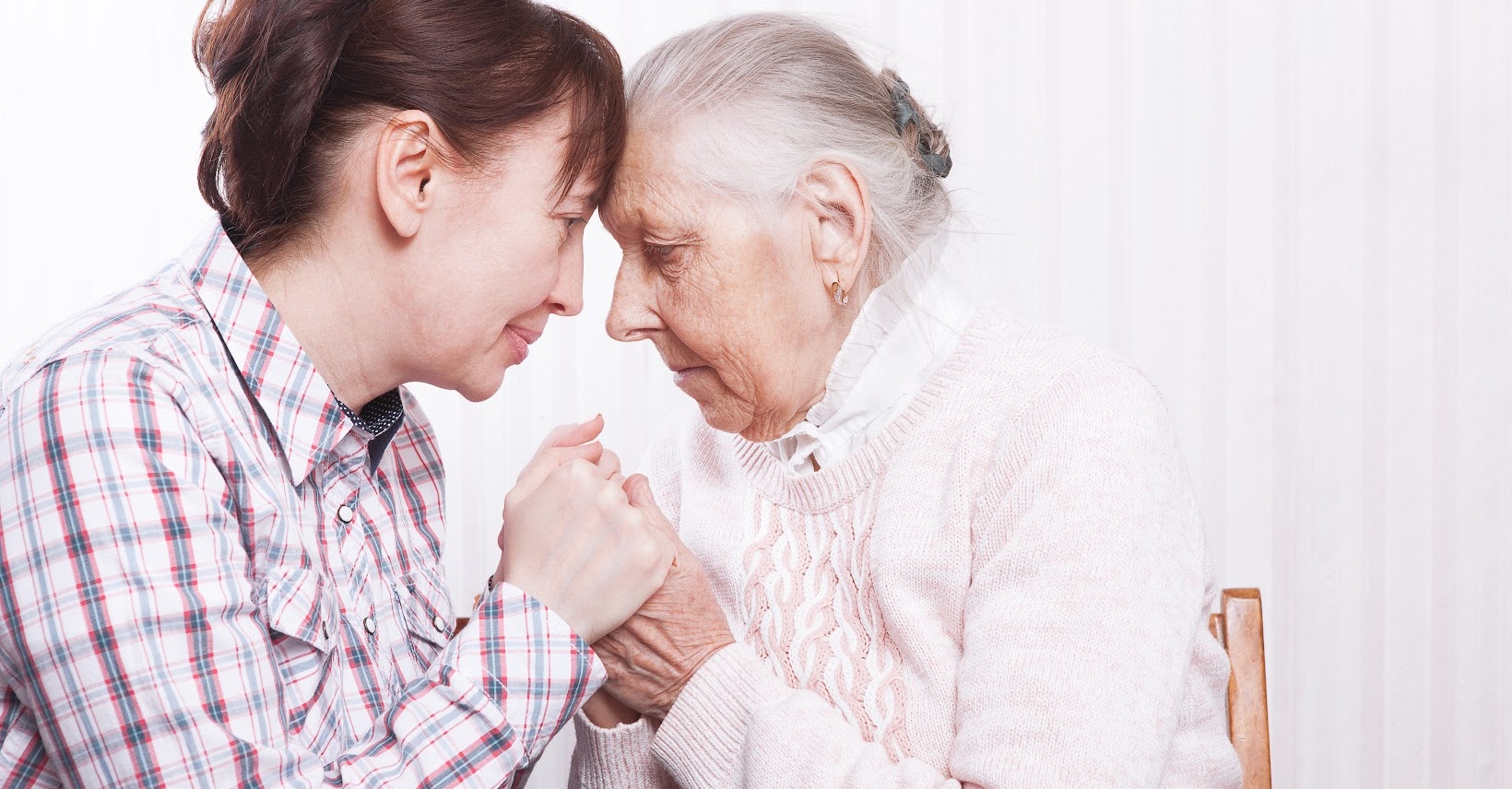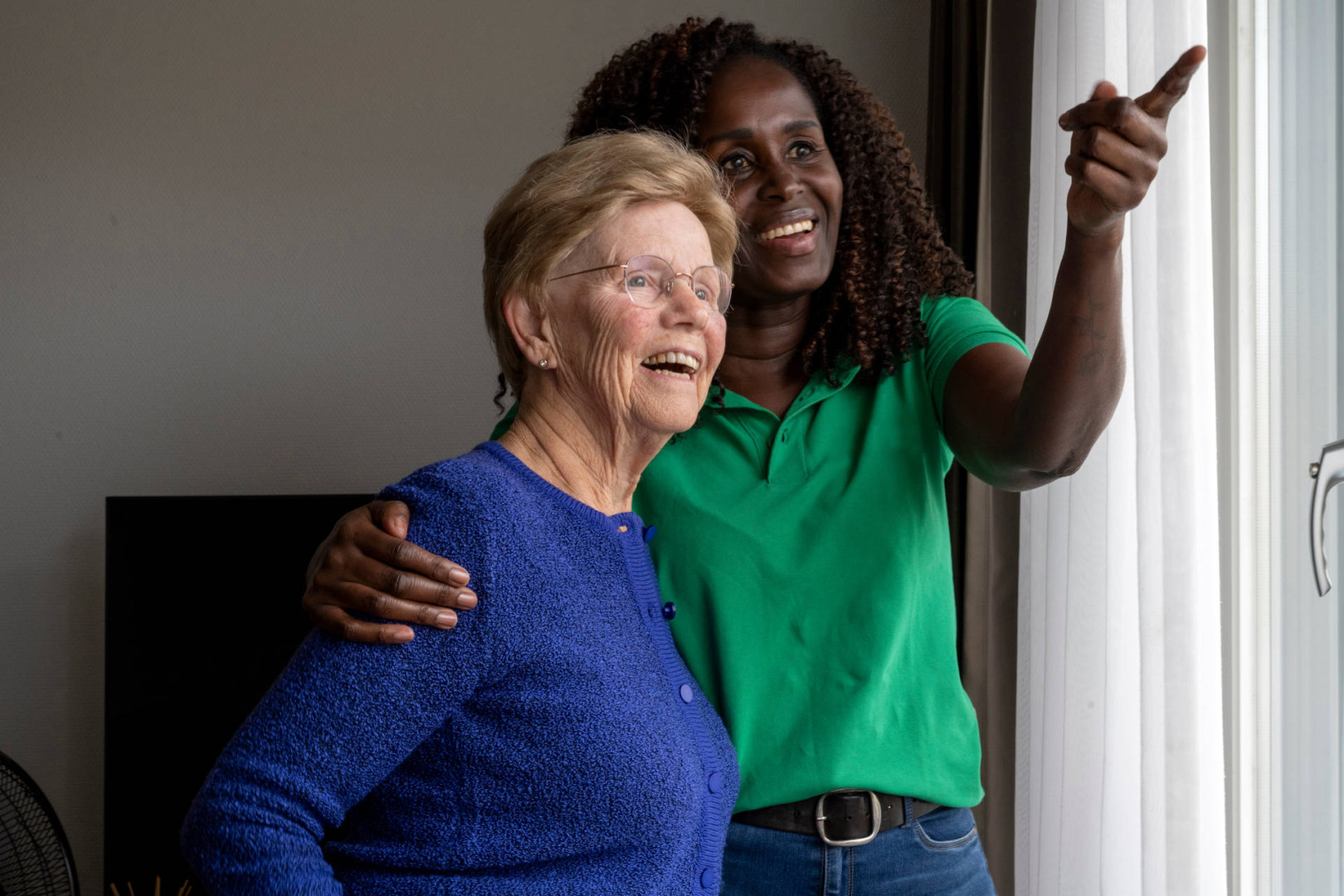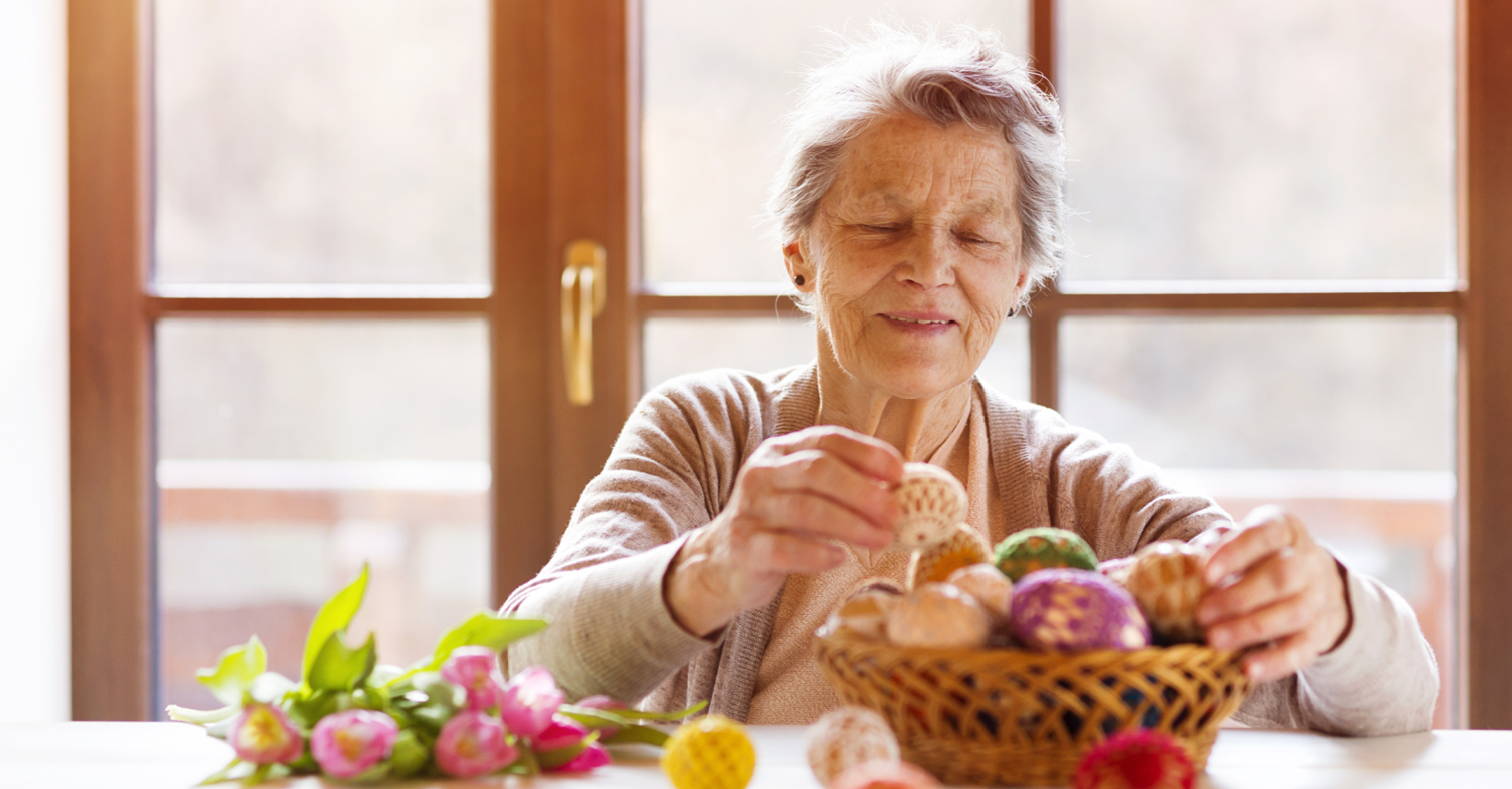Urinary Tract Infections in the Elderly
Urinary tract infections (UTIs) aren't just a nuisance in the elderly—they can cause serious health problems. A UTI happens when bacteria in the urethra, bladder or kidneys multiplies in the urine. If left untreated, a UTI can lead to acute or chronic kidney infections, which could permanently damage these vital organs and even lead to kidney failure. These common infections are also a leading cause of sepsis, a potentially life-threatening infection of the bloodstream.
Seniors Are Prone to UTIs
The population most likely to experience UTIs is the elderly. Older individuals are more vulnerable for many reasons, including their overall susceptibility to infections due to a weakened immune system. Elderly men and women also experience a weakening of the muscles of the bladder and pelvic floor, which can lead to increased urine retention (incomplete emptying of the bladder) and incontinence. These things all contribute to infection.
Typical Symptoms of UTIs are as follows: Frequent or urgent need to urinate; pain or burning during urination; urine that appears cloudy or dark; bloody urine; strong or foul-smelling urine; feelings of pressure in the lower pelvis; low-grade fever; night sweats, shaking or chills.
Lesser-Known UTI Symptoms in Seniors
Older individuals with UTIs may not exhibit any of the hallmark signs listed above because their immune systems are unable to mount a significant response to the infection. On top of the lack of noticeable symptoms, many seniors cannot express their discomfort to their caregivers.
Since aging adults’ bodies respond differently to infection, it is important to look for different signs and symptoms. One symptom of UTIs in the elderly is often mistaken for the early stages of dementia or Alzheimer's disease, according to National Institutes of Health (NIH). Indicators of infection in seniors include the following: Confusion or delirium; agitation; hallucinations; poor motor skills or loss of coordination; dizziness; falling; and other atypical behavior.
These are often the only symptoms that present in the elderly, so it is crucial to keep an eye out for these sudden changes in behavior and mental state.
Diagnosis & Treatment
In most cases, diagnosing and treating an elderly urinary tract infection is relatively straightforward: a simple urinalysis can confirm the infection's presence and, for someone in good health, antibiotics are the first choice of treatment. UTIs often clear up in only a few days. But depending on the age and health of the patient—and the severity of the infection—the course of treatment can take weeks and perhaps involve hospitalization for the administration of intravenous antibiotics.
Risk Factors & Prevention
Older adults at greater risk for getting a UTI include: Those who require a catheter in the urethra and bladder; those who are diabetic; anyone with kidney stones; and, women who've gone through menopause.
After menopause, women produce less estrogen, which helps protect against UTIs. Hormone replacement therapy (HRT) or a topical estrogen cream can help protect post-menopausal women from UTIs. However HRT may increase other health risks, so may not be appropriate for all women. About 20 percent of women who've had a UTI will experience a second one, and 30 percent of those women will get third.
Other steps to take to reduce the risk of UTIs:
• Drink plenty of fluids (Older adults should drink four to six 8-ounce glasses of water a day).
• Drink cranberry juice (without added sugar) or D-Mannose tablets (which is the glucose-like compound in cranberry juice that help reduce the occurrence of UTIs.)
• Avoid or at least limit caffeine and alcohol intake, which irritates the bladder.
• Do not douche or use other feminine hygiene products.
• Always wipe from front to back (for women).
• Wear breathable cotton underwear and change them at least once a day.
• Take showers instead of baths.

